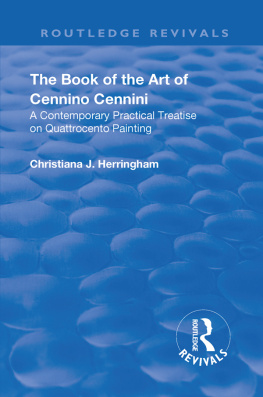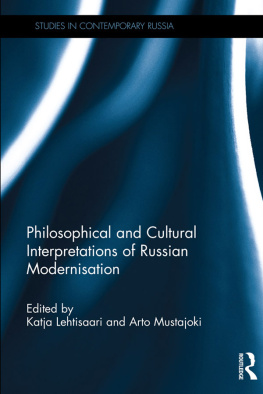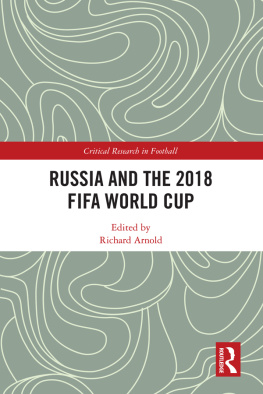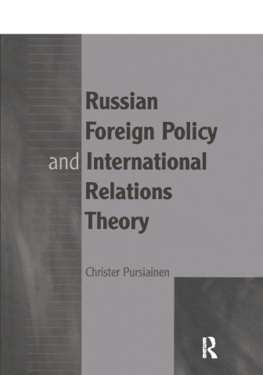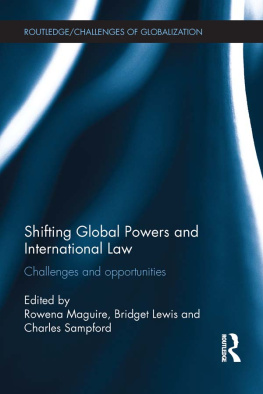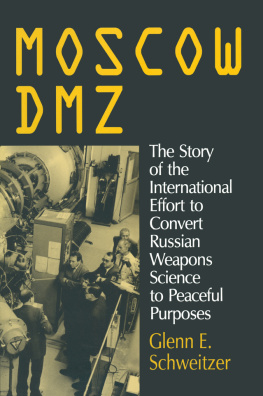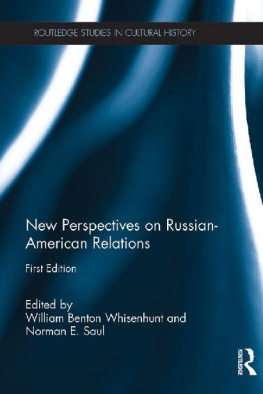Routledge Revivals
The Book of the Art
of Cennino Cennini
The Book of the Art of
Cennino Cennini
A Contemporary Practical Treatise
on Quattrocento Painting
Translated from the Italian, with Notes on
Mediaeval Art Methods
by CHRISTIANA J. HERRINGHAM
First published in 1899 by George Allen & Unwin Ltd.
This edition first published in 2018 by Routledge
2 Park Square, Milton Park, Abingdon, Oxon, OX14 4RN
and by Routledge
711 Third Avenue, New York, NY 10017
Routledge is an imprint of the Taylor & Francis Group, an informa business
1899 Taylor & Francis
All rights reserved. No part of this book may be reprinted or reproduced or utilised in any form or by any electronic, mechanical, or other means, now known or hereafter invented, including photocopying and recording, or in any information storage or retrieval system, without permission in writing from the publishers.
Publishers Note
The publisher has gone to great lengths to ensure the quality of this reprint but points out that some imperfections in the original copies may be apparent.
Disclaimer
The publisher has made every effort to trace copyright holders and welcomes correspondence from those they have been unable to contact.
A Library of Congress record exists under ISBN: 24009133
ISBN 13: 978-1-138-50671-8 (hbk)
ISBN 13: 978-1-315-12384-4 (ebk)
The Book of the Art
of Cennino Cennini
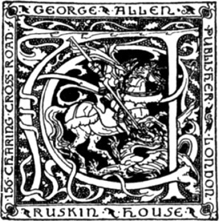
T he Book of the Art of
Cennino Cennini
A Contemporary Practical Treatise
on Quattrocento Painting
Translated from the Italian, with
Notes on Mediaeval Art Methods
by CHRISTIANA J. HERRINGHAM
London: George Allen & Unwin, Ltd.
Ruskin House, 40 Museum Street W. C.I
First published in 1899
Second Impression 1922
PREFACE
MRS. MERRIFIELDS translation of Cenninos treatise, Il libro dell Arte o Trattato della Pittura, the only English one existing until now, was made from Tambronis Italian edition of the manuscript he found in the Vatican, which was also used for the French edition by Mottez. This MS. of the eighteenth century is deficient in sixteen chapters which are to be found in the two earlier Florentine MSS., the Riccardiana and the Laurentiana. These are Nos. 162177 inclusive. The translation is often very incorrect,
My quotations are all taken direct from the original MSS. or the best editions of them.
To conclude, I borrow a short passage from the preface to the French edition of Cennino by Mottez. Commenting on the claim made by Tambroni that the treatise proves that oil-painting was invented in Italy, he says:
Oil-painting, whether invented in Italy or not, has certainly produced many masterpieces, but destroyed monumental painting, not only in developing the taste tor petty things and petty methods, but also in rendering the labour so slow and so arduous, that in this method a great undertaking seems impracticable. If the middle ages preferred fresco and tempera, that is, size-vehicles, monumental painting proves the justice of the preference, and the work of Cennino establishes victoriously that it was not done through ignorance.
Mrs. Merrifields other translations, especially from Latin, seem to be very accurate.
A more detailed examination of the old art-treatises than is possible in the limited space of these notes will be found in a German book published by Ernst Berger in 1897, Beitrge zur Entwickelungs-geschichte der Maltechnik, Pt. III. The two first parts are about classical art.
CONTENTS
CENNINO CENNINI
OF THE AUTHOR OF THE TRATTATO
THIS treatise is properly so named. It is a comprehensive technical manual, teaching everything belonging to the painters craft in the time of the writer. It is not a mere collection of recipes like most of the monkish secrets, but a school of art, and emphatically the working directions of a man who could do what he taught. A recent German writer
It is worth while taking a little trouble to understand the traditional and personal instruction received by even a humble member (c. 1) of the great traditional school. Besides definite instruction, I think we get from Cennino just a glimpse into the moral and aesthetic sympathies of these painters. We stand by the side of one of them, and as he works and handles his materials, we appreciate better what he aims at doing with them, and how they form an intrinsic part of the soul of the picturenot only of its body. We perceive the spiritual qualities which his subtle and refined technique help to depict.
There is not much known of the history and personality of Cennino, except what he tells us himself. He was the son of Drea Cennini of the Colle di Valdelsa, and was instructed in the arts he writes about for twelve years by Agnolo Gaddi, son of Taddeo Gaddi, the godson and pupil of Giotto. His book is notes of what Agnolo taught him, and of what he had proved by his own hand (c. 1). No doubt in assert the nobility of the art, and show by what attitude of mind and restrained and decorous way of life the painter may be worthy of it. Cenninos name is absent from the rolls of the Florentine Guilds, but appears two years after the death of Agnolo in two records discovered by the Milanesi at Padua. An important period in painting at Padua had just been inaugurated by the two leading followers of Giotto, dAvanzo and Aldighiero, and here was the glorious work of the youth of the master, the frescoes in the Capella della Arena.
Both the records just mentioned relate to Donna Ricca, Cenninos wife, and are dated respectively August 13, and the end of November of the year 1398. One is about a gift to her, and the other is a legal decision affecting her. The following facts may be gleaned from the records.
(1) That the painter Cennino Cennini lived in Padua in the year 1398, in the street S. Pietro, and being in the service of Francesco of Carrara, belonged to his household. (2) That he married a Donna Ricca of the Ricca of Citadella, a large market town in the Paduan territory. (3) That he had a brother of the name of Matteo who was a native of Padua and settled there, and was a trumpeter iri the pay of its prince. The two brothers are called in these Latin instruments Cennino de Colj, and Matteo da Colle, also Matheus de Coli.
The treatise seems to have been written in Padua, judging from the words of the Venetian and Paduan patois which are introduced into it, accompanied by explanatory Tuscan terms; also because of the invocation of St. Anthony of Padua among the saints, under whose patronage the work is placed (c. 1). This conjecture seems proved by , where the customs of the women of Padua and of Florence are contrasted, and more fear is evinced by the writer of displeasing the Paduans, as if he were living among them, and might be the sufferer from any lack of discretion.
Painters of greater renown than Cennino have died in poverty, and it has been supposed that he wrote his book as an old or elderly man, in the debtors prison called the Stinchi in Florence, as it was thought that the following sentence at the end of the Vatican MS. gave the place and date of its composition: Finito libro referamus gratias 1437. A d 31 luglio ex Stincarum ec..). Benci, however, ascertained that the name of Cennini does not occur in the books of the prison of the year 1437, nor in any year near it. Let us hope that the sigh of relief over the accomplished task is only that of a copyist and not of the original author.

